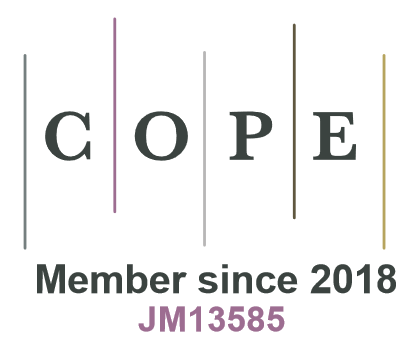Articles containing the keyword 'discoloration'
Category : Article
The material used in this study was collected in 1975 from a 41-years old curly birch (Betula pendula f. carelica Sok.) stand in Southern Finland, which had been pruned 12 years earlier. While the stand was thinned, 26 felled trees were selected for further study to study occurrence of discoloration originating from of pruned branches.
The study material included 35 pruned branch stumps and 38 naturally pruned branch stumps of curly birch. The mean diameter of the former was 31 mm and of the latter, only 15 mm. Of the pruned branch stumps, 23% had become completely sealed-off within 12 years. The discoloration had spread into the stem as little from pruned branch stumps as from naturally pruned ones even though the former were greater in diameter. Advanced rot was not found in any of the samples studied.
The PDF includes a summary in English.
Category : Article
The purpose of the present study was to investigate the success of infecting Norway spruce (Picea abies) wounds with a mycelial suspension of Peniophora gigantea (now Phlebiopsis gigantea). In an approximately 100-year old spruce stand on Myrtillus type soil in Southern Finland, two dominant and two suppressed spruce trees were wounded each month during one year, and infected with P. gigantea. Control trees were only wounded. One year after wounding the trees were sawn into discs near the wound. Samples of the discs were cultured to identify the microbes.
In the suppressed trees, the P. Gigantea infection had been successful in 75 % of the wounds extending into heartwood. For dominant trees, the percentage was 50. In sapwood wounds the infection was considerably less successful. In two wounds of the control trees were noted airborne P. gigantea infection, and in four Fomes annosus (now Heterobasidion annosum).
Discoloration starting from the wounds was not a reliable proof that microbes were present. According to the variance analysis, the upward advance of discoloration without microbes showed a greater correlation with the crown class than with the type and site of the wounds. The downward advance depended more on the type of the wounds than the crown class.
A total of 37 fungi were identified by species or family, from the damaged trees. A large number of bacteria were also found. The most common fungi were the Penicillium species, and they had most often advanced farthest above and below the wound. Of the actual decay fungi, Stereum sanguinolentum showed the highest incidence and fastest growth. Coryne cylichnium and Cephalosporium species were also relatively common.
The PDF includes a summary in Finnish.


